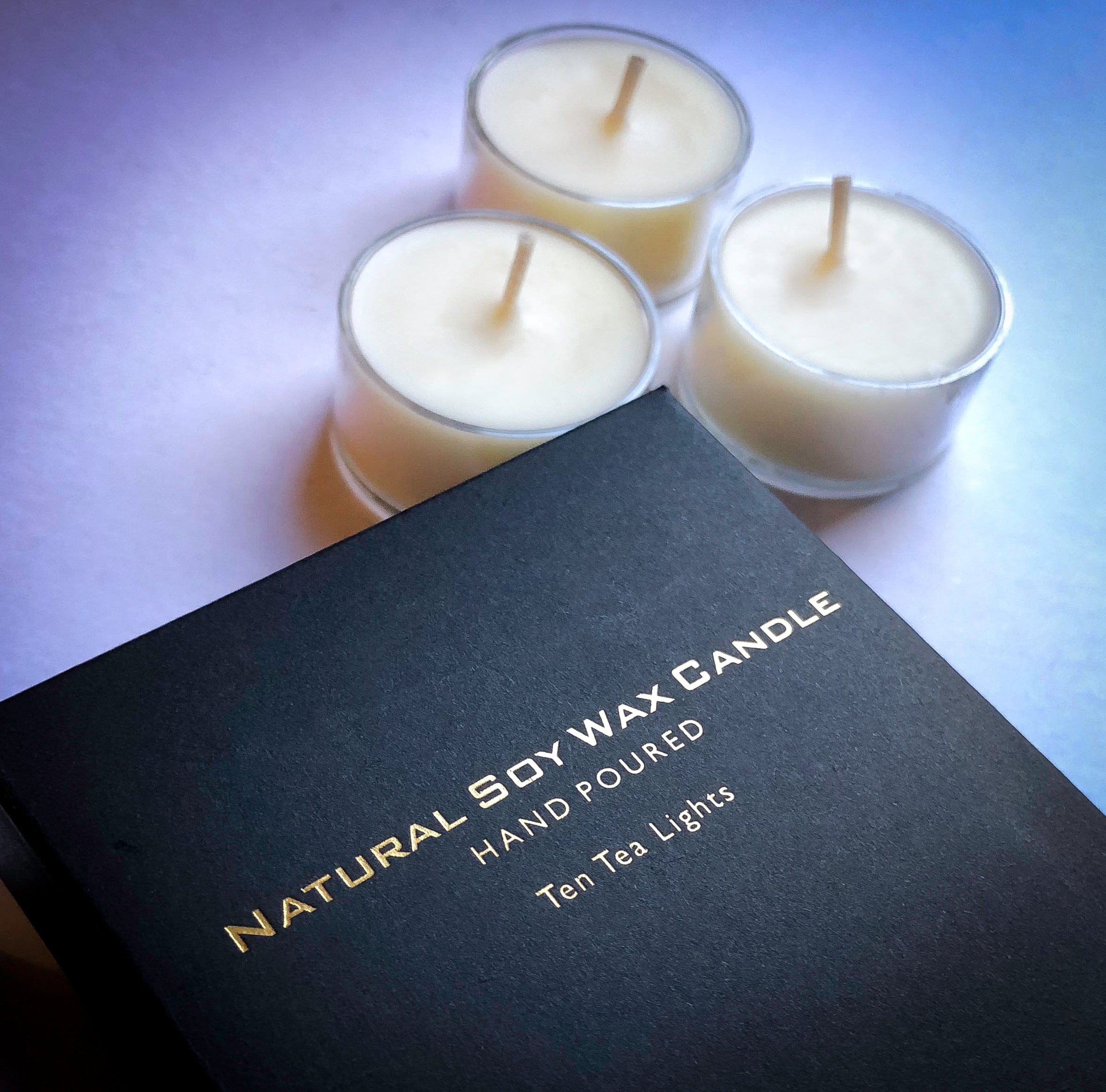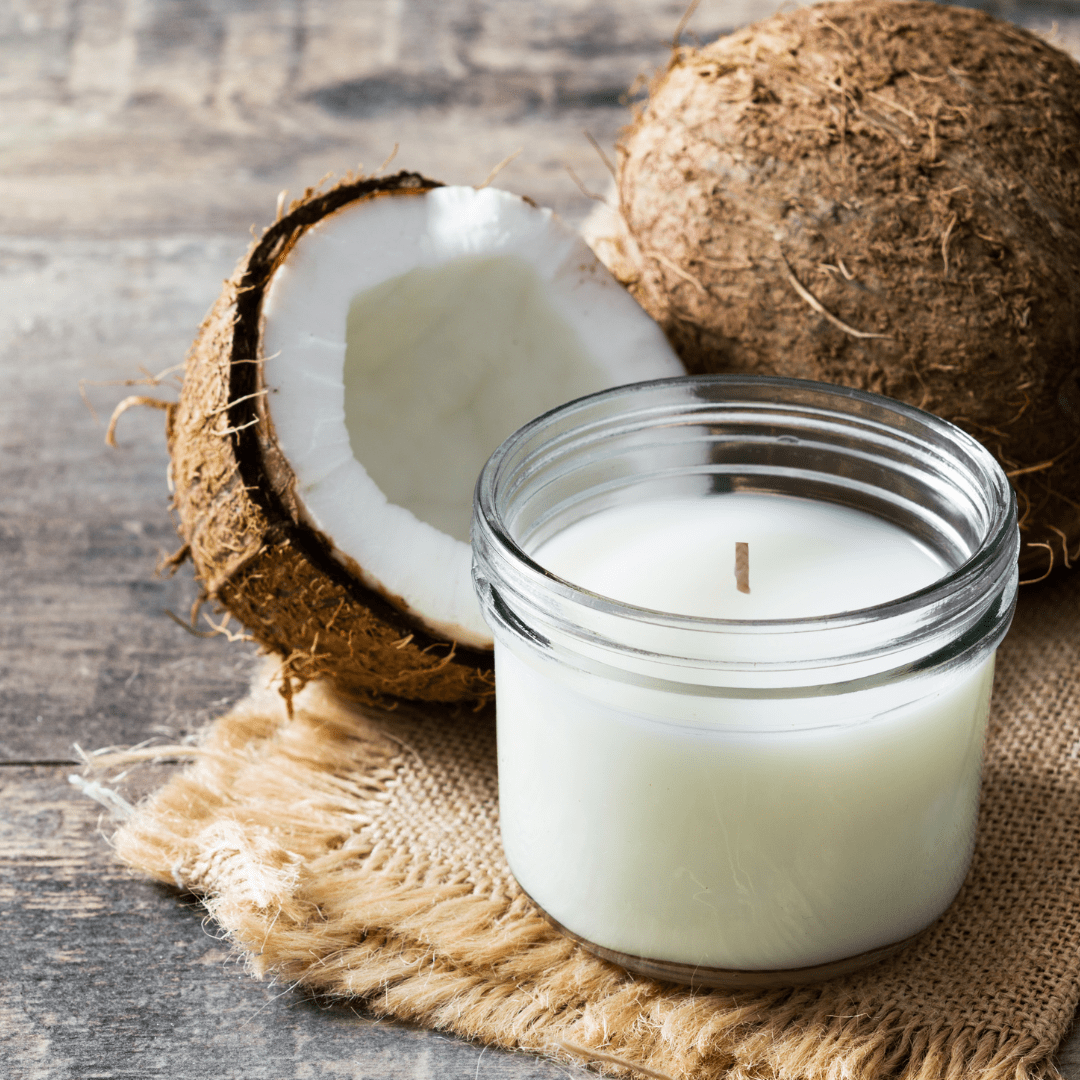Boost Your Area with Premium Soy Wax Candles and Home Fragrance
Boost Your Area with Premium Soy Wax Candles and Home Fragrance
Blog Article
From Wick to Wax: Understanding the Chemistry Behind Soy Wax Candles and Their Environmental Effect
As we illuminate our rooms with the warm glow of candle lights, there lies a realm of detailed chemistry behind the relatively straightforward act of lighting a soy wax candle light. Join us as we untangle the scientific ins and outs behind soy wax candle lights and explore their implications on our environment.
Soy Wax Vs. Paraffin Wax
When contrasting soy wax and paraffin wax for candle light production, it is important to understand the distinct features and benefits of each product. Soy wax is a natural, eco-friendly source originated from soybean oil, making it naturally degradable and eco-friendly - soy candles. In comparison, paraffin wax is a by-product of petroleum refining, which raises issues concerning its environmental impact and sustainability
Soy wax candles burn cleaner and discharge much less residue contrasted to paraffin wax candles, making them a much healthier selection for indoor air high quality. Additionally, soy wax has a lower melting point, permitting a longer-lasting candle that distributes fragrance much more effectively. Paraffin wax, on the other hand, tends to burn faster and less cleanly, possibly launching harmful chemicals into the air.
From a sustainability viewpoint, soy wax is favored for its biodegradability and sustainable sourcing, aligning with the expanding consumer choice for ecologically conscious items. While paraffin wax has actually been a conventional option in candle making due to its cost and ease of usage, the shift towards eco-friendly options like soy wax is acquiring energy in the sector.
Chemical Composition of Soy Wax

Combustion Process in Soy Candles
The chemical structure of soy wax straight influences the burning process in soy candles, affecting aspects such as burn time, aroma release, and environmental influence. When a soy candle is lit, the warm from the fire thaws the wax near the wick.
The burning efficiency of soy candles is affected by the pureness of the soy wax and the top quality of the wick. Furthermore, soy wax candle lights have a lower ecological effect compared to paraffin candle lights due to their naturally degradable and eco-friendly nature.

Ecological Advantages of Soy Wax

Taken into consideration a lasting choice to traditional paraffin wax, soy wax supplies remarkable environmental benefits that make it a prominent choice among eco-conscious consumers. Soy wax burns cleaner and generates less residue than paraffin wax, adding to far better Full Report interior air top quality and lowering the need for cleaning and maintenance. Generally, the environmental advantages of soy wax line up with the expanding demand for environment-friendly and lasting products in the market.
Recycling and Disposal Considerations
Reusing and appropriate disposal of soy wax candles play a crucial function in preserving ecological sustainability and decreasing waste in communities and households. The first step is to guarantee that the candle has actually shed totally when it comes to reusing soy wax candles. This can be attained by permitting the candle light to burn up until the wick is no longer usable, and after that letting the staying wax cool and solidify. When the wax has strengthened, it can be meticulously gotten rid of from the container.

In regards to disposal, if recycling is not an alternative, soy wax candles are eco-friendly and can be securely disposed of in many family waste systems. Nonetheless, it is always recommended to examine with neighborhood recycling centers or waste administration services for specific guidelines on candle disposal to ensure appropriate handling and ecological defense.
Conclusion
Finally, the chemistry behind soy wax candles discloses their environmental advantages over paraffin wax see page candle lights. Soy wax, derived from soybean oil, burns cleaner and generates much less soot when contrasted to paraffin wax. The burning procedure in soy candles is more efficient, resulting in a longer and a lot more even melt. Additionally, soy wax is renewable and naturally degradable, making it a much more lasting choice for candle light manufacturing. Reusing and proper disposal of soy wax candles even more add to their environmental influence.
When comparing soy wax and paraffin wax for candle light making, it is crucial to understand the distinct characteristics and benefits of each product (crystal soy candles).Soy wax candles melt cleaner and send out less residue compared to paraffin wax candle lights, making them a much healthier option for interior air top quality.Taken into consideration a lasting choice to typical paraffin wax, soy wax provides notable ecological advantages that make it a preferred option look at these guys among eco-conscious consumers. Soy wax burns cleaner and produces less residue than paraffin wax, adding to better indoor air quality and lowering the demand for cleaning and upkeep.In final thought, the chemistry behind soy wax candles exposes their ecological advantages over paraffin wax candle lights
Report this page